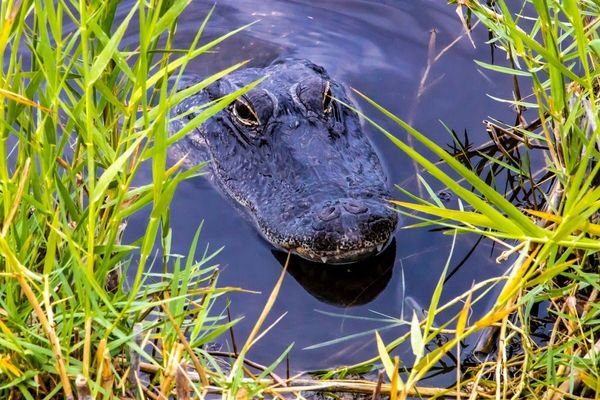
Pied flycatchers are summer migrants largely attached to the oakwoods of western Britain and thinly spread from Cornwall to Caithness. In Derbyshire, I’m lucky if I encounter them half a dozen times, so to see 24 in a morning signals that this Herefordshire site is very special. There are 30 pairs all in nest boxes and all part of a ringing project. Even more remarkable is that my friend Rachel Jenkins, who oversees these “pied flys”, is continuing a ringing tradition that was begun by her father, Peter McDougall, in the 1960s. Between them, they have banded and observed the breeding successes of thousands of birds.
Their work at Moccas, with that of several fellow devotees, reveals how bird migration is one of those deep wells of everyday mystery that provokes perennial wonder and astonishing revelation. Take, for instance, the fact that pied flycatchers retain an echo of their post-glacial behaviour. All the world’s population still pours out of west Africa (and their exact location is still largely unknown), then up through Spain into Europe.
They have gradually spread eastwards over the millennia, with the most distant populations nesting as far away as Russian forests north of Mongolia. Yet all of them, across those 90 degrees of longitude, recapitulate the journey of their ancestors, draining from those continents and down through Spain as if through a plughole. Using Google maps, I calculate the journey from Krasnoyarsk in Russia to Conakry in Guinea. It is 13,155km one way.
Just as humbling and moving is to look on this helpless clutch of pied flycatcher nestlings – five sacs of diaphanous grey skin with emerging plumelets of brown and black, with frogs’ mouths and still-closed eyes facing blankly into the wall of their box. Their parents call all around us in brief anxiety. Beyond the pied flycatchers, we can hear wood warblers and redstarts singing. They too are migrants and further totems of our planet’s unfathomable grandeur and unity. All of us should recall this – in eight weeks’ time, each of those blind featherless chicks makes a first-ever journey all the way to west Africa. They weigh 15g.
• Country diary is on Twitter at @gdncountrydiary







